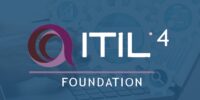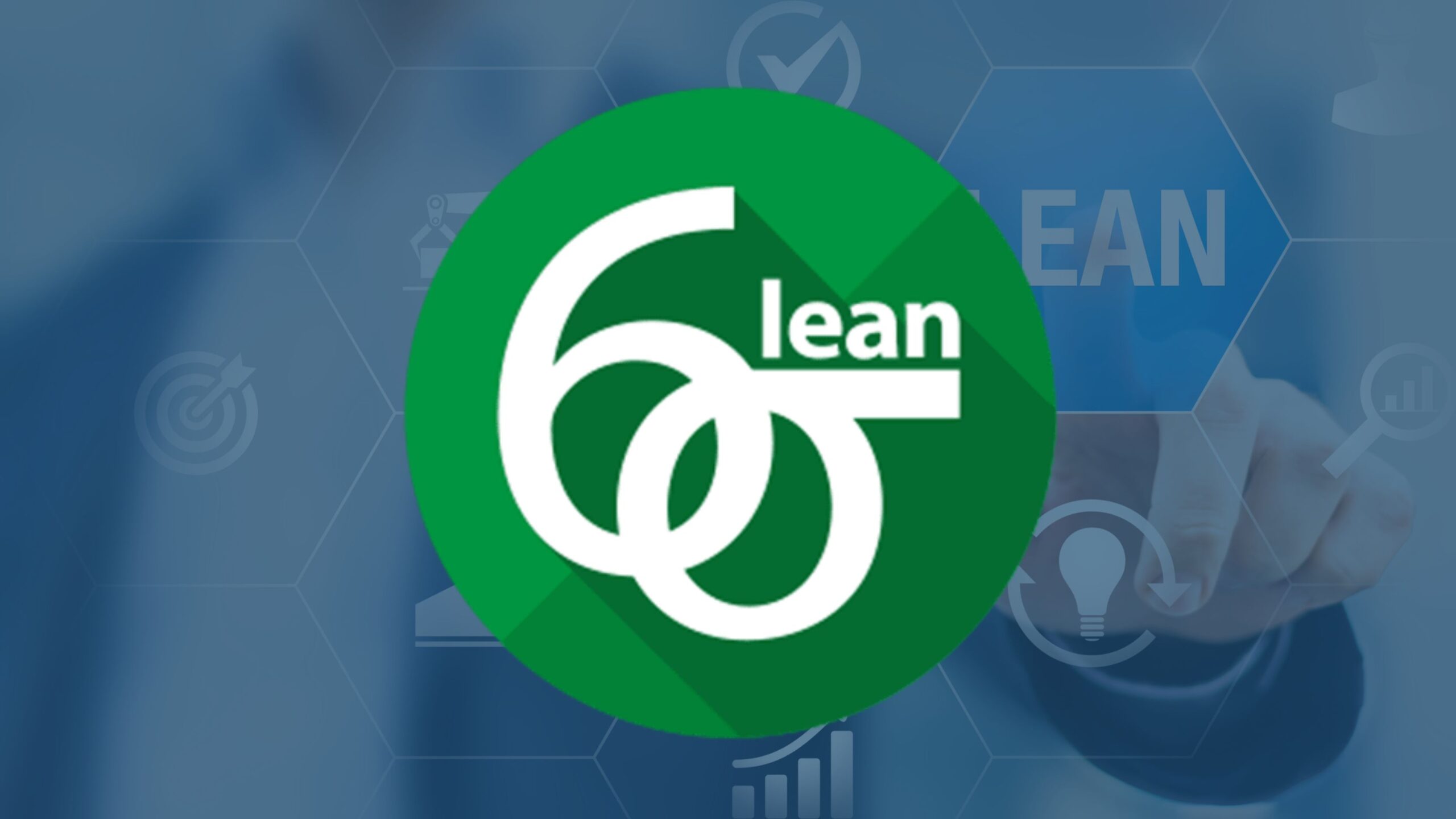Lean Six Sigma Green Belt Certification
Overview The Six Sigma methodology is a systematic application, focused on achieving significant financial results and increasing customer satisfaction. When properly deployed on carefully selected business projects, this methodology can lead to a significant reduction, and in many cases elimination, …
Overview
Overview
The Six Sigma methodology is a systematic application, focused on achieving significant financial results and increasing customer satisfaction. When properly deployed on carefully selected business projects, this methodology can lead to a significant reduction, and in many cases elimination, of defects, process waste, and out-of-control processes which translate into dramatic business gains
This course teaches participants the Define, Measure, Analyze, Improve and Control (DMAIC) methodology using case studies from various industries. Participants will learn to define improvement projects to satisfy customers and reduce variation. This training course will teach and prepare individuals to implement the principles, practices, and techniques of ‘Lean Six Sigma
Course Objectives
By the end of the course, participants will be able to:
- Develop the Six Sigma methodology and apply its roadmap
- Apply the principles of the Six Sigma ‘DMAIC’ performance improvement model
- Examine in detail the various elements of building a complete project for improvement
- Apply commonly used statistical analysis using statistical tools and software
- Analyze types of waste and defects by applying Lean and Six Sigma
- Collect, analyze, and quantify data that enable process improvements
Target Audience
Individuals from all organization departments including finance, quality, and business operations staff as well as those who have direct intervention such as process owners or stakeholders. The course is also suited to those preparing for Green Belt certification as it covers the Body of Knowledge required for ASQ Green Belt Certification (CSSGB)
Content Outline
- Overview and Foundation of Six Sigma and Lean
- Why Six Sigma?
- History and origins
- Cost of poor quality (COPQ)
- Define phase: tools and methods
- Six Sigma project definition
- Project selection process
- Charter the improvement project
- Define the scope and problem statement
- Voice of Customer (VOC) and Critical to Quality (CTQ)
- Kano model analysis
- Drafting SIPOC
- The case studies
- Basic Lean Six Sigma Metrics
- Introduction to Six Sigma level calculations
- Process capability, ‘Cp’ and ‘CpK’
- Project planning and management
- Communication plan
- Team Dynamics and Performance
- Introduction and tutorial sessions on Minitab
- Measure phase: introduction and tools
- Data collection and summary
- Types of data
- Importance of the CE matrix
- Sample data collection
- Sampling techniques
- Measurement systems analysis: Gauge R&R
- Advanced process capability
- Data normality
- Review of the seven quality tools
- Analyze phase: introduction and tools
-
- Statistical process control
- Control charts and stability
- Process mapping
- Qualitative analysis and quick wins
- Graphical analysis
- Probability and basic statistics
- Histograms
- Analysis of Variance (ANOVA) and multi-plot diagrams
- Chi-square analysis
- Failure Mode and Effect Analysis (FMEA)
- Improve phase: introduction and tools
- Piloting and implementation
- Pre and post capability
- Test of Hypothesis
- Not golfing like Tiger? Six Sigma Can Help
- The catapult experiments
- Control phase
- Control plans
- Introduction to lean enterprise
- Lean or Six Sigma?
- Lean tools and principles
- Types of waste: Muda, Muri, and Mura
- Value Stream Mapping
- Spaghetti Diagram for distance analysis
- Other Lean tools (e.g., Pull system, POUS)
- Visual Management (5S)
- Mistake proofing
- Project Management and Documentation
- Tollgate questions
- Tips and tricks to kick off your first project
Course Features
- Duration 36 hours
- Activities Professional Certificate
- Time 20/10/2024






